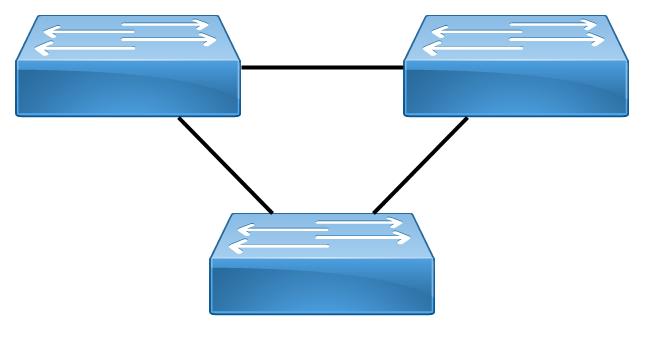Considering buying a new switch. Typically not all to big an issue. Check Datasheet and fine. For smaller use cases this is probably feasible but I experienced never the less reaching some limits. So what to do?
Right now I started to do a benchmark and wanted to test out in which configuration a network switch actually maxes out. Besides max- MAC entries, max routing entries or multicast groups particular the number of differen VLANs results in memory consumption, since each one needs dedicated buffering.
On top most VLANs need IP configurations set up and depending on your applications probably multiple of them. Unfortunately in my case exactly the later.
Now you may consider configuring max configurations some fun, but after several loops to find the setup maximum, this does not exactly look like productive work. To create multiple configurations which then might be Continue reading

